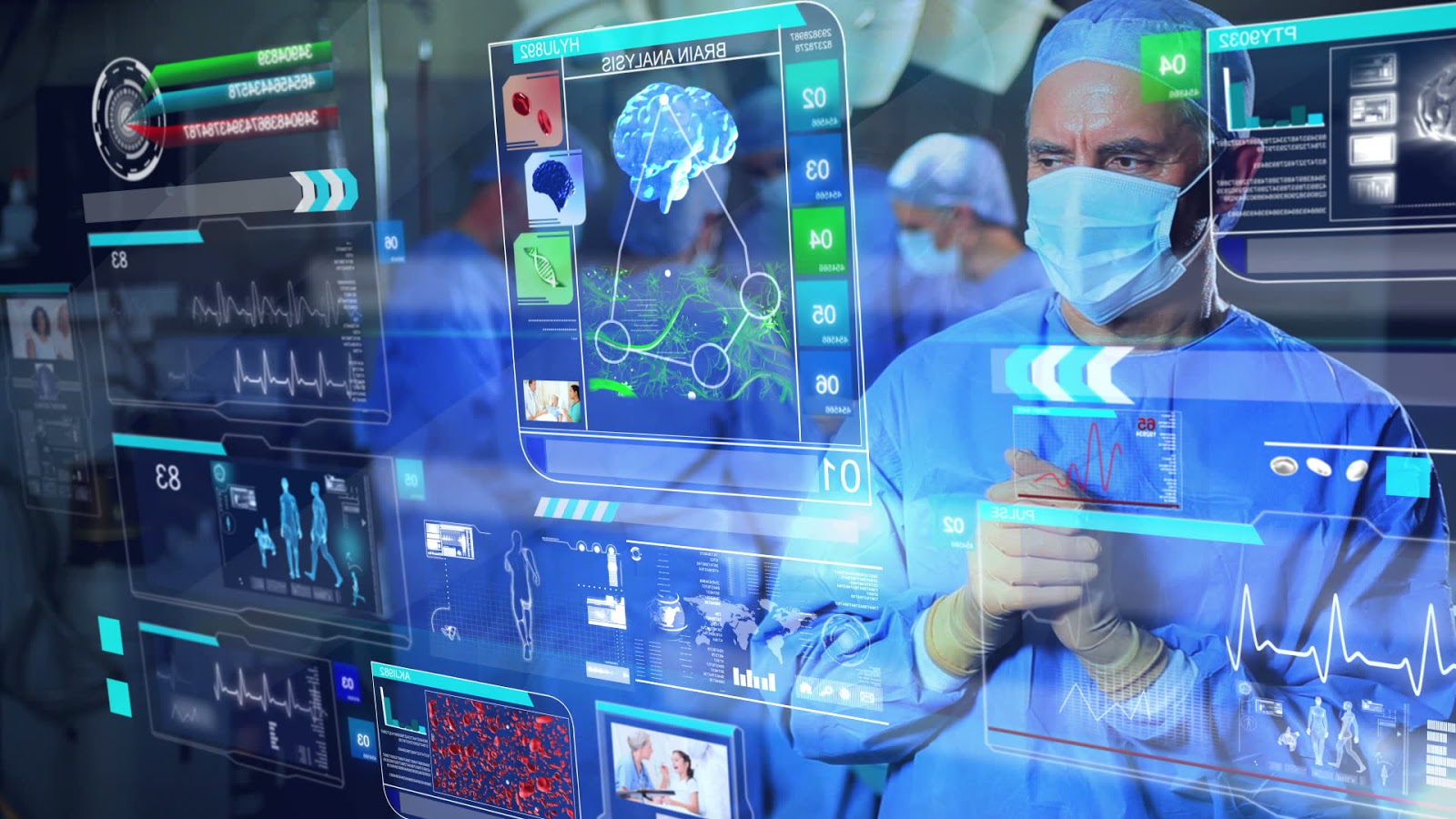All About Virtual Reality in the Healthcare Industry
Virtual Reality(VR) is a technology that simulates experiences that are similar to the real world. healthcare information technology has successfully adopted Virtual Reality to enhance both the patient experience and the physician's prowess at hospitals. Virtual Reality is being effectively used in medical training, medical marketing, patient treatment, disease awareness etc. Virtual reality operations have become a training methodology to educate budding medical professionals. Healthcare VR equipment is a heaven-sent boon that helps in pain management, phobia treatment, stroke recovery, etc. There is no sphere of healthcare that is left untouched by VR today.
Every hospital or healthcare unit must learn to harness VR to better its quality of service. A professional healthcare consulting firm can guide you rightly on the full potential of VR in healthcare and the ways to apply it effectively.
Every hospital or healthcare unit must learn to harness VR to better its quality of service. A professional healthcare consulting firm can guide you rightly on the full potential of VR in healthcare and the ways to apply it effectively.
Virtual reality has a wide scope of applications in healthcare information technology like the ones below.
1. Medical Training
Virtual reality has revolutionized Medical Training with its ability to simulate human body conditions to create training scenarios. It transports the student into the areas of the human body that are normally impossible to even see, access or reach. Virtual reality operations simulate surgical procedures with amazing 360˚ CGI reconstruction and interactive 3D content to give a "live" view of what goes on actually during the treatment.
Earlier, medical students used cadavers to learn about human anatomy. But this method is not quite viable as the cadavers are difficult to obtain, labs require much maintenance, and there are many students using one cadaver. with the advent of VR, the use of cadavers has been done to a large extent in medical training. Students can gain first-hand knowledge of human anatomy and physiology and also practise their complex clinical skills in a risk-free environment.
2. Patient Treatment
Treating patients is the sole objective of healthcare and Virtual reality has enhanced its efficiency in that area tremendously. VR assists surgeons in robotic surgery to ensure quick recovery with smaller incisions and lesser blood loss. Here a robotic arm is controlled by a surgeon using VR to perform virtual reality operations. Small movements that are impossible to perform for the human surgeon are done by the robotic arm with the help of VR. This enhances the precision and efficiency of the surgical procedure.
3. Phobia and PTSD Treatment
Since 1997, Virtual Reality has been used to treat soldiers for PTSD or post-traumatic stress disorder. Here the affected individual is made to wear VR glasses which simulate the scenario of a battlefield. Then, the individual undergoes hypnotic and psychiatric relaxation techniques to relax and relieve the anxiety. Exposing the individual to the threatening situation is done using VR and it is followed by psychotherapy to help them cope and reduce their anxiety.
A similar type of approach is used in the treatment of phobias with the help of VR and CBT-Cognitive Behaviour Therapy. Phobias are fears that prevent a person from being normal. CBT helps individual overcome their phobias by exposing them to the source of fear and making them consciously change their fear reaction into a positive reaction. This is done by simulating the fearful situation through VR and then counselling them to overcome the fear.
Healthcare VR Equipment
The following Healthcare VR equipment and applications have made a mark in the field of healthcare:
- At Stanford University, students used VR glasses to understand the congenital anomalies of a child's heart.
- Floreo is a VR platform that helps autistic patients to interact better socially through games. It includes situational training modules and calming techniques that help autistic kids to practise verbal and non-verbal communication.
- Rotate is a VR Health app that helps patients train their neck muscles with range-of-motion exercises.
- Sync Think uses VR eye-goggles to neck for visual impairment.
- We are Alfred is a VR-enabled platform that enables medical students to become Alfred, a 74-year-old African American with hearing loss and macular degeneration. Students can understand the actual difficulties faced by Alfred and enhance their treatment methods.
- Beatriz is another VR platform that transforms users into Beatriz-a lady with Alzheimer's. This simulation helps students in gaining practical knowledge of Alzheimer's disease.
Virtual Reality is a booming segment in healthcare that is expected to cross $4billion by 2021. Healthcare has much to gain by the intelligent use of VR in all its fields and can use a reputed healthcare consulting firm to guide it in this process.






